
As telehealth becomes more and more prevalent in practices everywhere, there are many things practitioners need to know.

As telehealth becomes more and more prevalent in practices everywhere, there are many things practitioners need to know.

In late March, the Coronavirus Aid, Relief, and Economic Security (CARES) Act was signed into law.

Telehealth was, at first, integrated as a short-term way to address problems brought on by COVID-19.
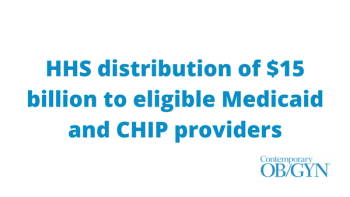
The U.S. Department of Health and Human Services (HHS) will distribute $15 billion to eligible Medicaid and Children’s Health Insurance Program (CHIP) providers.

Telehealth has made its way into many ob/gyn practices. With many patients hesitant to visit their doctors in person, it may be difficult to convince them to schedule in-person visits.

With the complex eligibility and application requirements, it can be difficult to find out exactly how your practice can access the HHS federal relief funds.

To better understand how loan forgiveness works, Medical Economics spoke with Mark Schmidt, CEO of Fund-Ex Solutions Group, a lender that has issued more than $175 million in PPP loans to small businesses.
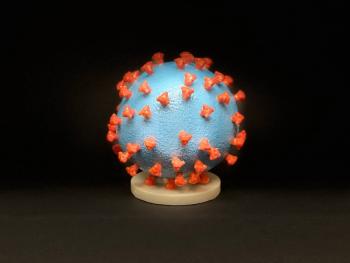
As part of the National COVID Cohort Collaborative (N3C), the National Institutes of Health (NIH) has launched a patient data center to store medical record data from those infected with COVID-19.
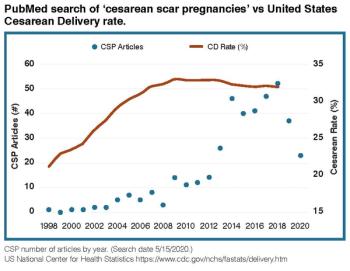
As we are now incorporating the new post-COVID-19 “normal” into our routines, our editor-in-chief, Dr. Catherine Spong, reflects on parallels with changes that went into play with the identification and management of patients with HIV.
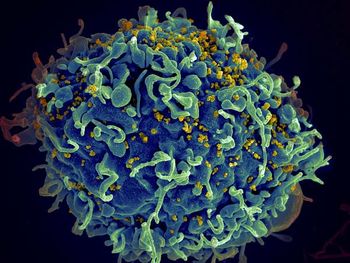
Approximately 1.1 million people in the U.S. are living with HIV today. In the midst of the global COVID-19 pandemic, a lack of information exists about whether HIV patients are at an increased risk for contracting the virus.

This is a transcript from our second installment of interviews with obstetricians and gynecologists who specialize in infectious diseases during the COVID-19 pandemic.

In a recent interview with Andrew J. Schuman, Contemporary Pediatrics sat down with their Editorial Advisory Board member to gain his perspective on telehealth and the ways in which it’s shaping his practice.

This four-part video interview series explores COVID-19 in pregnancy-including the ways in which it is affecting life and changing the world of obstetrics and gynecology as we know it-and shares things our experts are seeing on the front lines.

To provide ob/gyns with the latest information, news updates and more, we have compiled a list of the Society for Maternal-Fetal Medicine’s (SMFM) most recent COVID-related resources.
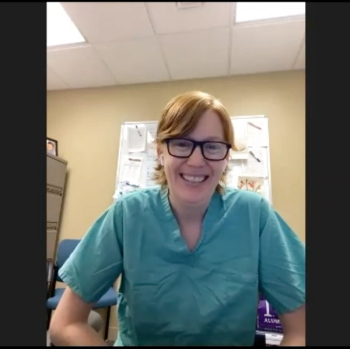
There are changes to the placenta, including evidence of maternal vascular malperfusion (MVM).

Emily Miller, MD, MPH, with Northwestern Medicine in Chicago, has been involved in what may be the most interesting clinical findings to date for the impact of COVID-19 to pregnancy.

Editor-in-Chief Catherine Y. Spong, MD, gives her perspective on what ob/gyns can learn from the pandemic as the specialty is business as usual in an otherwise stark hospital.
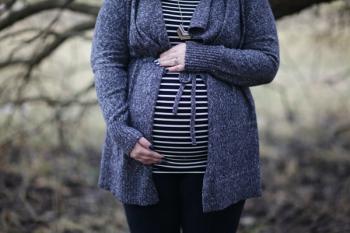

Jamie Barretto is a 34-year-old first-time mother who lives on Long Island. She wrote this first-person perspective on how life has changed in her world since she found out she was expecting in October.

Navigating patient care in L&D during the global COVID-19 pandemic gives one resident cause for pause and reflection. How would it manifest in pregnancy?
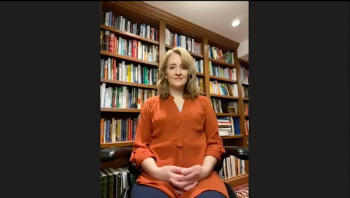
In this video interview, Senior Editor Angie DeRosa talks with Dr. Kristina Adams-Waldorf, Professor in the Department of Obstetrics and Gynecology and Adjunct Professor in Global Health at the University of Washington (UW) School of Medicine in Seattle.
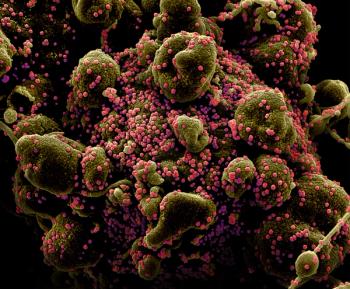
Sexual transmission of COVID-19 is unlikely, according to a new international study published in Fertility & Sterility.

Dr. Sarah Dotters-Katz is a maternal-fetal medicine specialist and obstetrician and gynecologist at Duke Health in Durham, N.C. One of her research interests is clinical infectious diseases and how they impact pregnancy.

The COVID-19 pandemic continues to spread, exposing significant healthcare disparities within America’s healthcare system.

Contemporary OB/GYN Senior Editor Angie DeRosa interviews Dr. Laura Riley, MD, a renowned obstetrician who specializes in obstetric infectious disease. Dr. Riley weighs in on COVID-19.